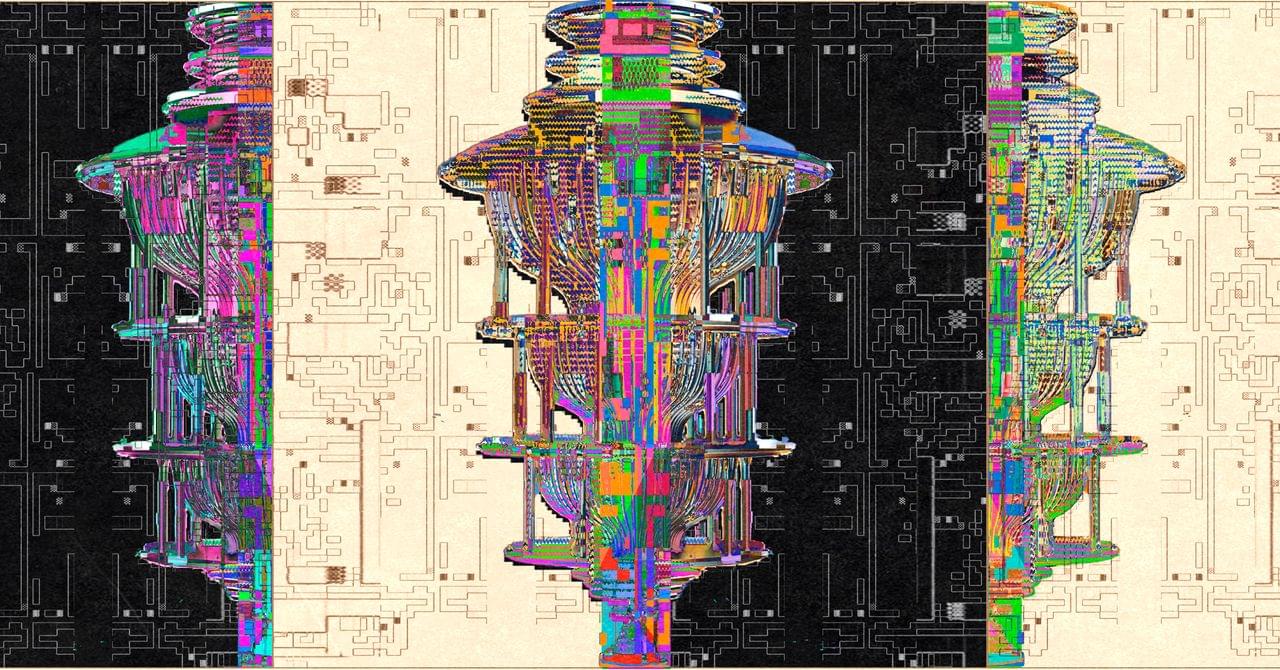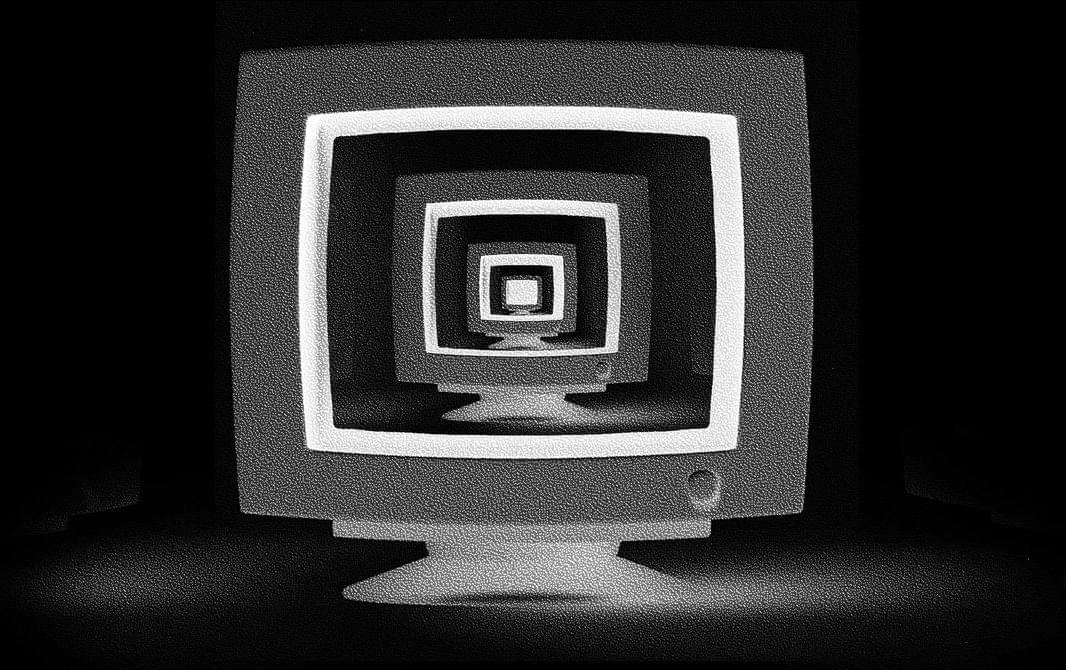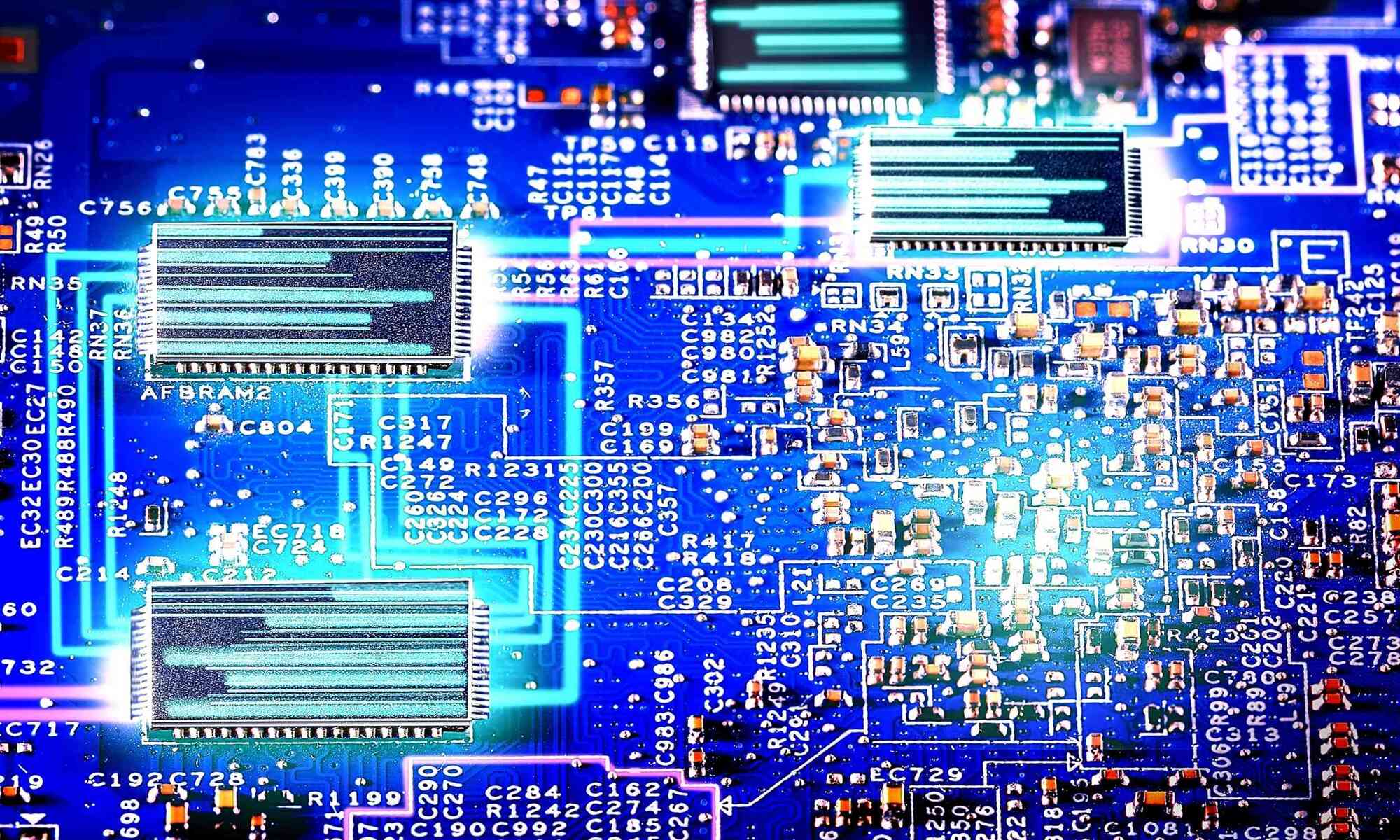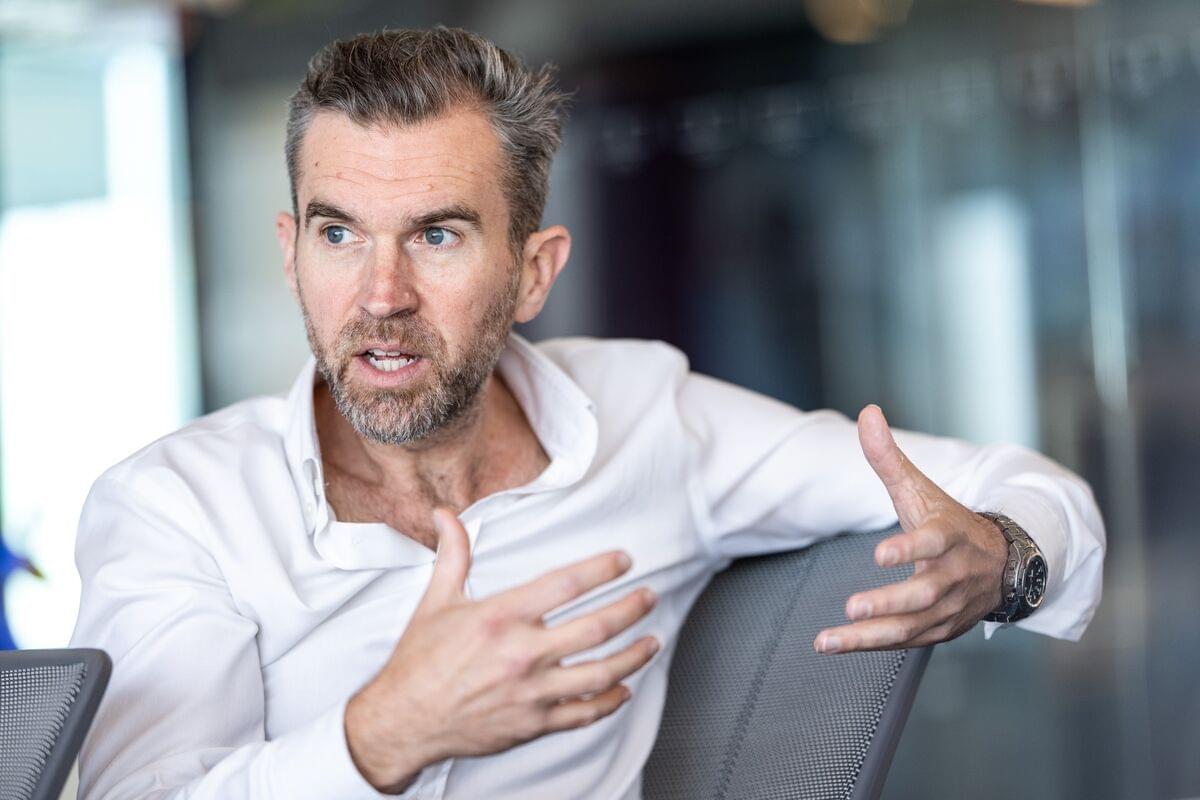A University of Colorado Denver engineer is on the cusp of giving scientists a new tool that can help them turn sci-fi into reality.
Imagine a safe gamma ray laser that could eradicate cancer cells without damaging healthy tissue. Or a tool that could help determine if Stephen Hawking’s multiverse theory is real by revealing the fabric underlying the universe.
Assistant Professor of Electrical Engineering Aakash Sahai, Ph.D., has developed a quantum breakthrough that could help those sci-fi ideas develop and has sent a ripple of excitement through the quantum community because of its potential to revolutionize our understanding of physics, chemistry, and medicine.









